Hello, hello, as my mother would say.
I’ve got a few fun things for you today:
🍑 My awesome Substack friend (and fellow Bookstacker) Ashley Holstrom of
’ most recent post, Strange Science Books about Animals, is a gem. She covers books for adults — I added the one about animal penises to my holds list immediately because have I mentioned I am not, in fact, a grownup? — but here she also mentions one of my favorite children’s nonfiction titles of the year, which she recommended to me!, Butt or Face? by Kari Lavelle. (Yes ma’am, this is why I used the peach emoji.)👀 And if for some reason you’ve ever thought, I wonder what Sarah’s reading life actually looks like? Another one of my awesome Substack friends (and fellow Bookstackers) Gayla Gray of
asked me to write a guest post wherein I offered her subscribers a peek into this very subject. I take you through a week in my reading, which is particularly wild right now.🍂 Lastly, if you’re looking for some superb books for this month, check out November Bookshelf from Julie Turner of
. (The subtitle of her newsletter is Notes from a Children’s Librarian — which tells you everything you need to know. She only posts once a month, but her recommendations are worth waiting for.)Mango, Abuela, and Me by Meg Medina, illustrated by Angela Dominguez (2015)
When Mia’s “far-away” grandmother comes to live with them and young and old find themselves sharing a bedroom, they’re happy to be together, but challenged by the language gap they struggle to breach — Abuela can’t unlock the English words, and Mia’s “español is not good enough to tell her the things an abuela should know.”
One day, Mia sees a a parrot in the window a pet shop and, remembering a photo her abuela shared, convinces her mother to buy the bird. To everyone’s surprise, Mango — the parrot — is the unlikely key to intergenerational communication.
Medina’s tale of the things that sometimes stand in our way — complemented by Dominguez’s vibrant illustrations created with ink, gouache, marker, and “a sprinkling of digital magic” — is a beautiful testament to not only the grandparent-grandchild relationship, but to the improbable ways love can overcome barriers.
The Little Red Fort by Brenda Maier, illustrated by Sonia Sanchez (2018)
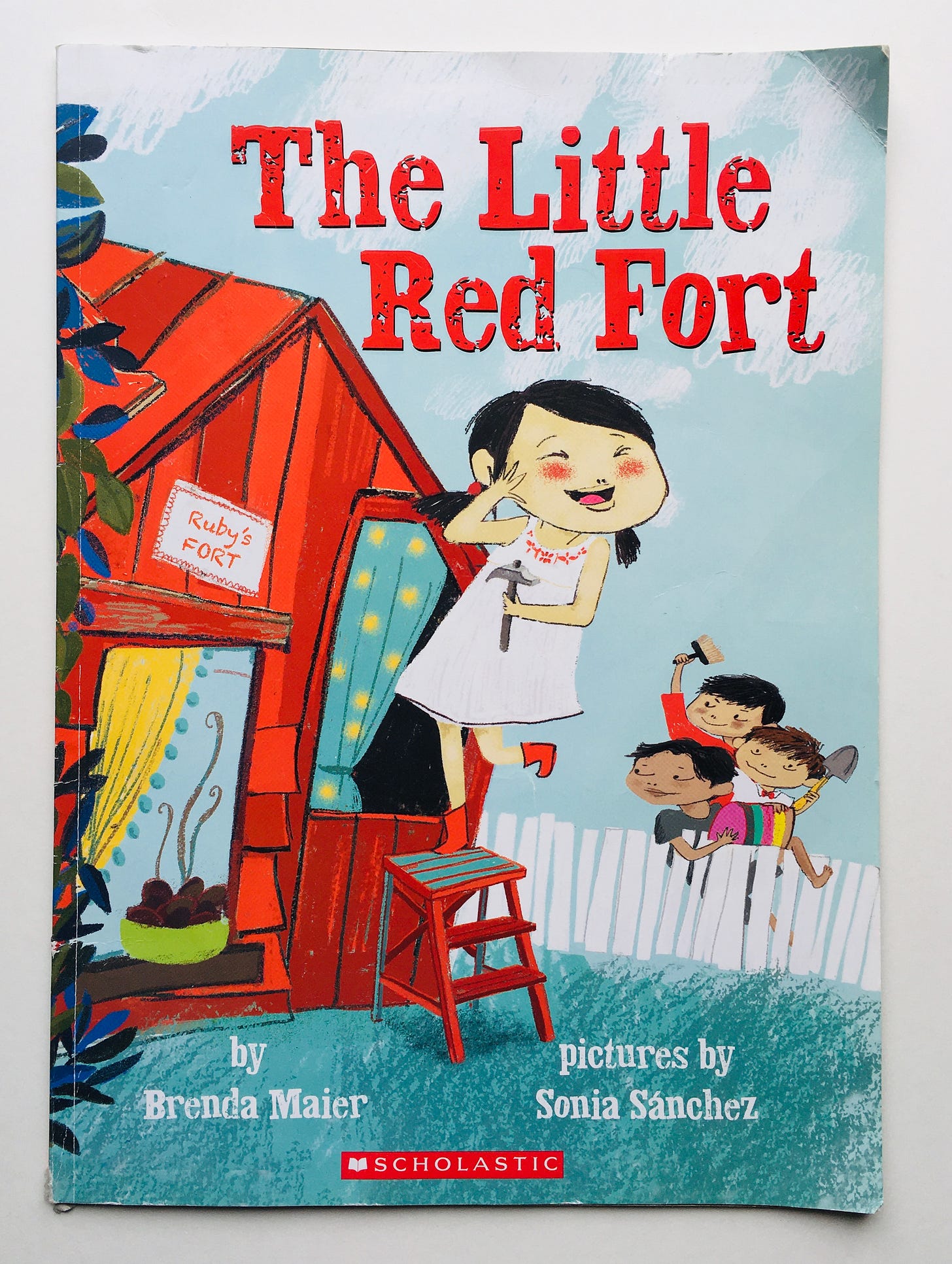
“The Little Red Hen” is a classic folktale for a reason — it’s a teaching story with a good, wholesome moral, told in a repetitive way that makes it satisfying for children and adults alike (The Little Golden Book version by Diane Muldrow and J.P. Miller is my family’s favorite). But the traditional ending has always bothered me — when the hen’s companions ask her for some of the bread that she has worked entirely on her own to make, without the help they have repeatedly denied her, she refuses them, telling them curtly, “No, I will eat it myself.”
It’s not that she’s wrong, exactly — it’s clear to even a child that if you aren’t willing to do the work, you don’t deserve to reap the rewards — but something has just been missing for me there, a lack of resolution. So when I found Brenda Maier’s retelling, it was a relief to see that her spin on this tale solves the problem of the ending so beautifully.
Here, a little girl named Ruby has an idea to build a fort. She asks her brothers to join in, but they refuse: “‘Not me,’ said Oscar Lee. ‘I don’t think so,’ said Rodrigo. ‘No way,’ said José.” So she ends up doing everything herself. But instead of the terse, though deserved, ending of old, Maier’s revision is filled with self-reflection, gestures of repair, forgiveness, and real resolution for everyone involved.
The other ways that Maier swerves from tradition here are refreshing as well: Ruby’s family is Latinx, and it’s her mother and grandmother who help her with the more challenging aspects of woodworking. Sánchez’s bright-colored, rough-edged modern illustrations add to the fresh-twist feeling. All that combined make this an outstanding title — dare I say even better than the original.
Market Day by Lois Ehlert (2000)
It took me a very — and I mean very — long time to fully appreciate Ehlert’s work, but I am glad I finally got here, because she’s a true gem of an author and illustrator. (I wrote a micro review of the title that won me over utterly, Mole’s Hill.)
Here, Ehlert’s captivating talent is on full display, not only in the story — a simple but totally satisfying rhyming journey from farm to market — but even more so in her incredible illustrations, which are actually photographs of folk art compositions created with handmade objects, embroidery fragments, various vegetables, and discarded/found objects Ehlert recycled for her work.
This book is fun “shopping trip” perfect for toddlers and preschoolers.
Lizard’s Home by George Shannon, illustrated by Jose Aruego and Ariane Dewey (1999)
One fine day, Lizard finds Snake sound asleep on his rock. Lizard tries to oust Snake, but this doesn’t go well — Snake, who claims he doesn’t make mistakes, decides to keep his spot.
Lizard wishes hard for Snake to relocate, but to no avail. Finally, he comes up with a game of chance that uses Snake’s own arrogance against him — and wins back his rock in a way that Snake cannot argue with, without making himself look foolish.
Regardless of the author, many of the books Aruego and Dewey illustrate (always with watercolor paints and black pen) contain valuable life lessons about how to be a good animal — which is really about being a good human — only instead of being tasteless didactic pap, they’re enjoyable stories with immensely gratifying endings. Shannon’s tale about fairness and using brains over brawn is one of these — a perfect example of righting wrongs.
Fathers, Mothers, Sisters, Brothers: A Collection of Family Poems by Mary Ann Hoberman, illustrations Marylin Hafner (1991)
I’ve sung the praises of Mary Ann Hoberman multiple times in the past, but that’s because her work is worth praising to this degree: it’s that good.
Here Hoberman tackles the complex, deeply loving, frustrating, hilarious, and wild experience of being a human being in a family, which is something we can all relate to. Though I think this subject would amuse anyone of any age, Hafner’s pen-and-watercolor illustrations anchor this firmly in the world of elementary kiddos. (I won’t tell anyone if you enjoy it, too.)
(If you’re looking for more titles on this topic, check out my Bookshop.org list, Books about families.)
With love,
Sarah
P.S. All Bookshop.org links are affiliate ones — I get a little bit of money back when you spend money, which I almost always use to do giveaways in this newsletter.




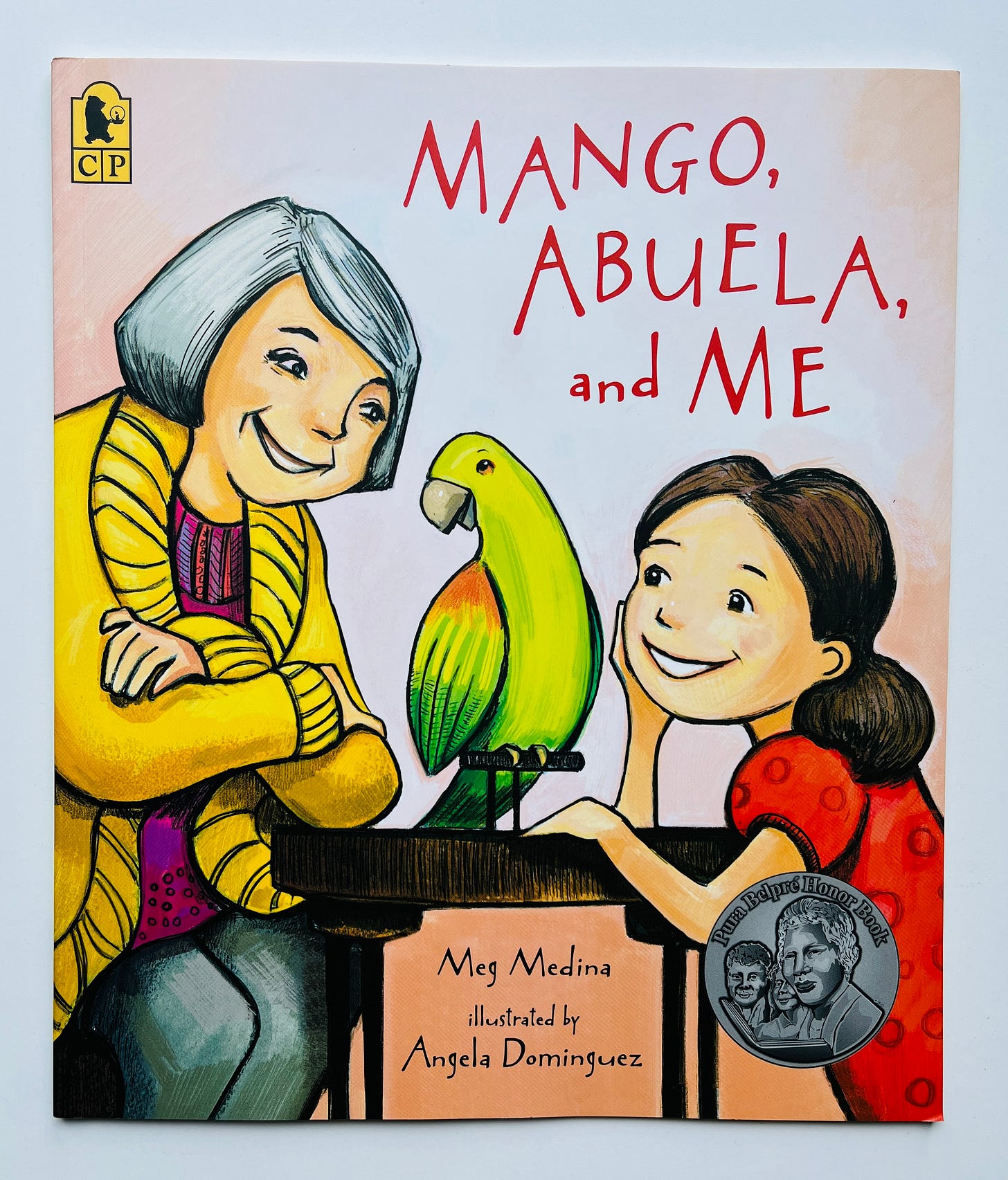
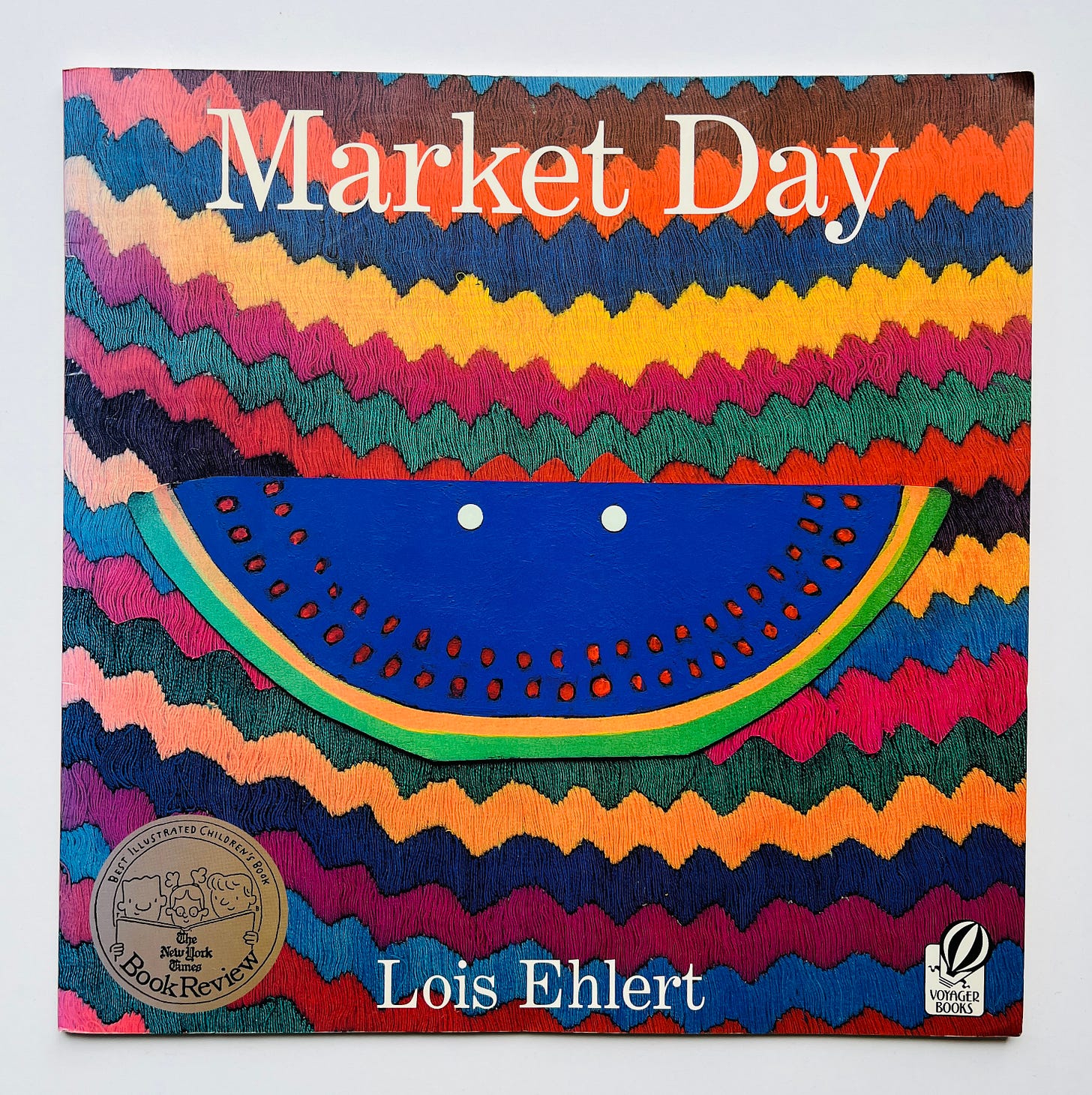
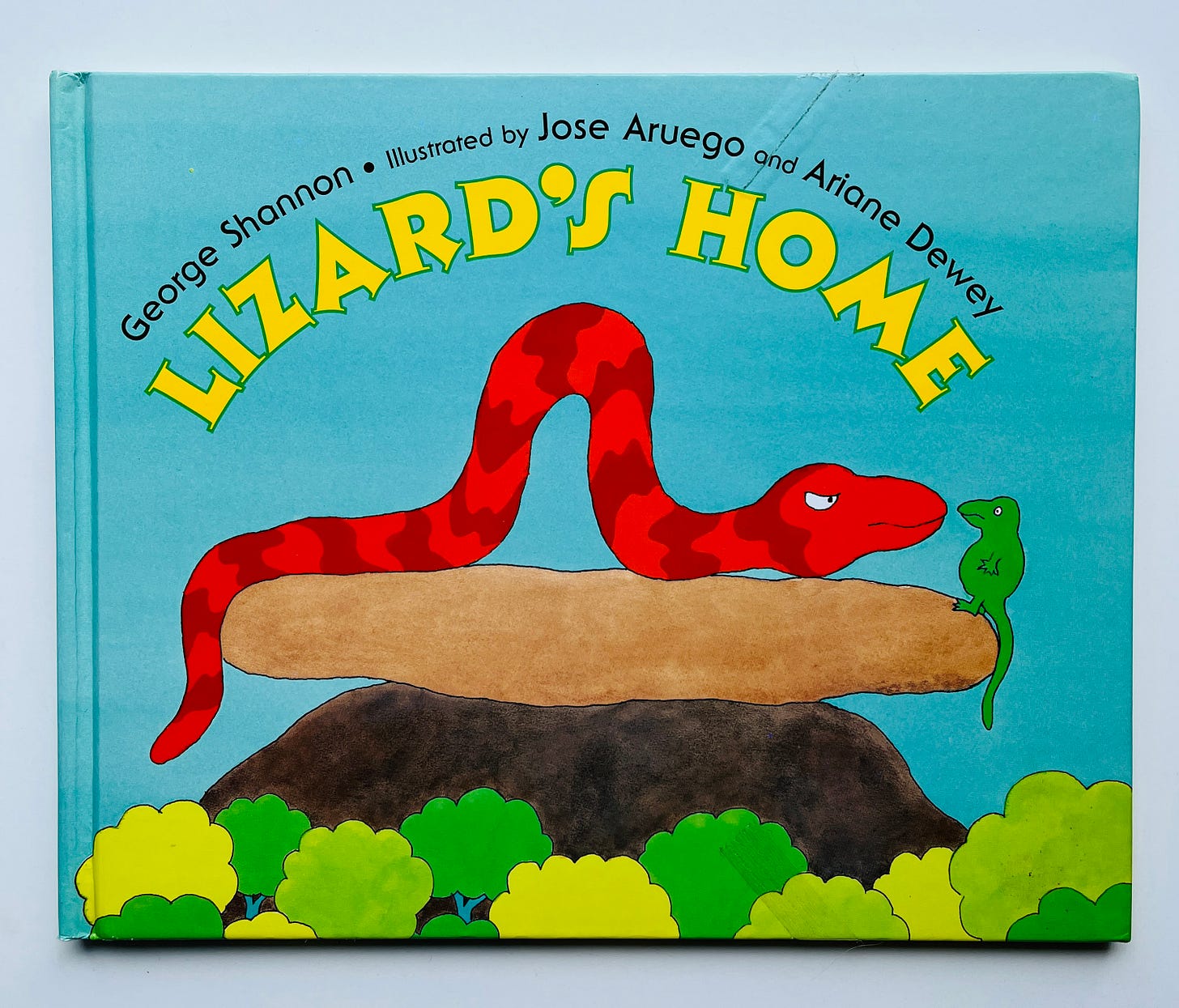
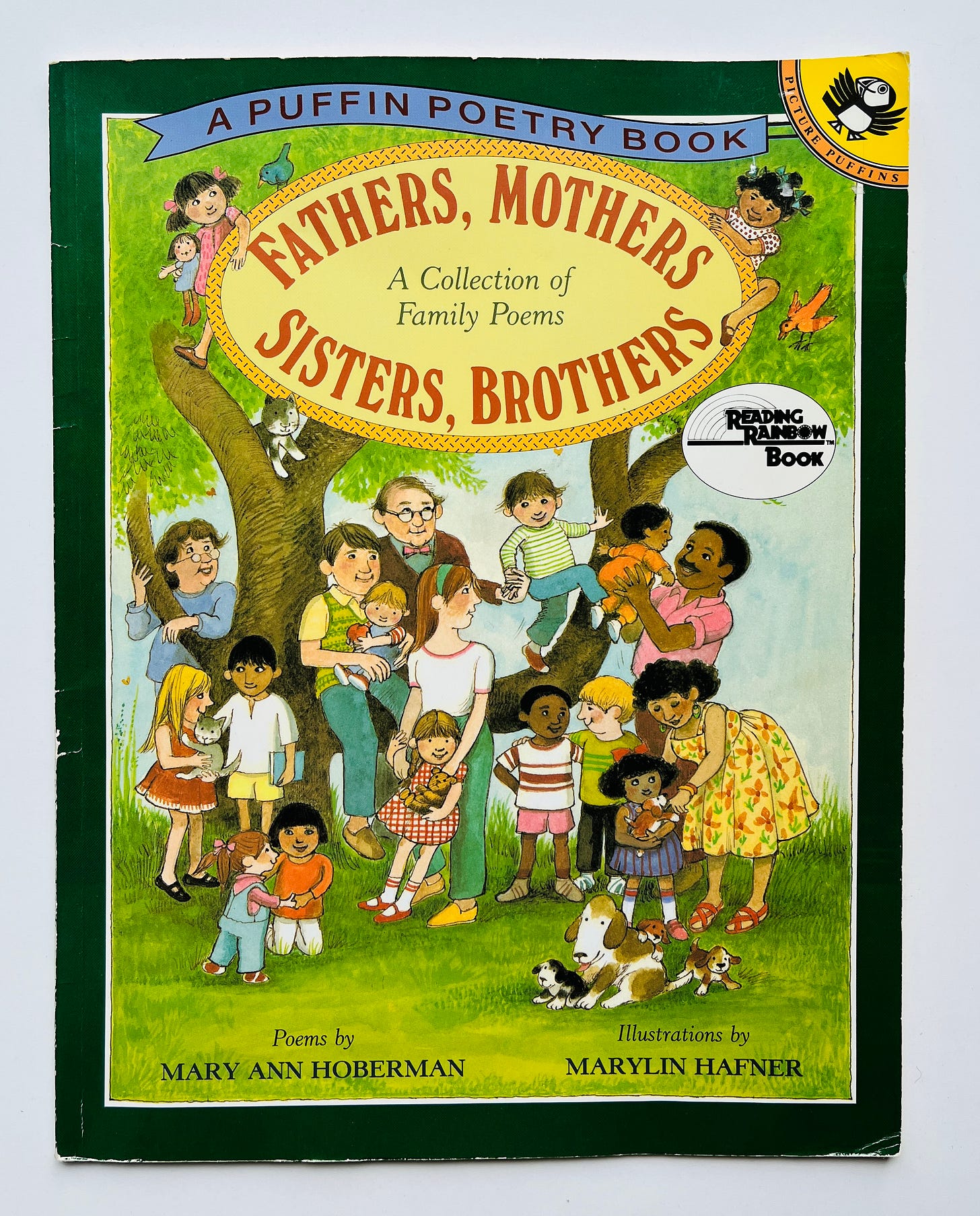
I’m excited to share Market Day with my kid!
"tasteless didactic pap" hahaha -- we have recently been gifted a series of books that feel just like this. They have good lessons but it feels like I am lecturing my child. Thank you for giving me the OK to push them aside.